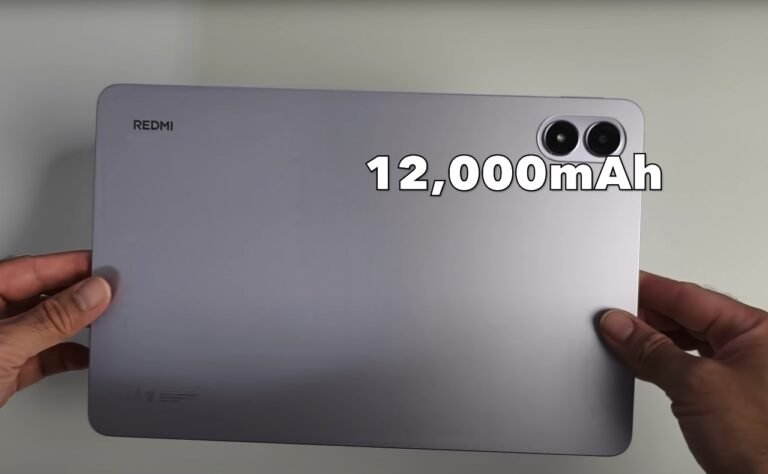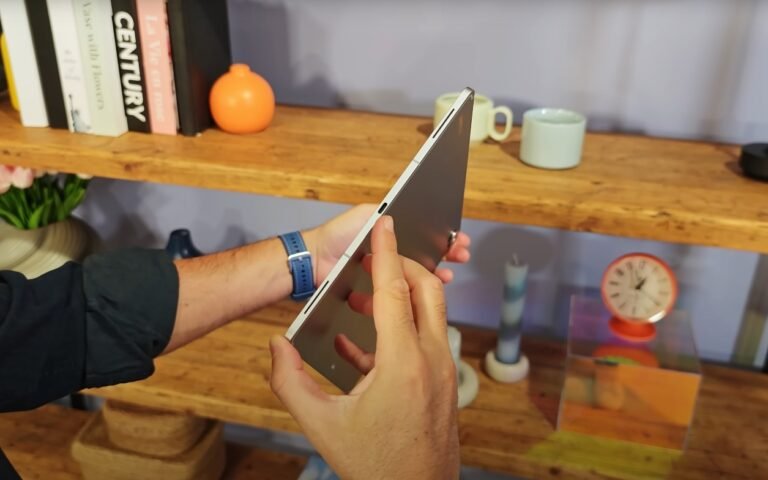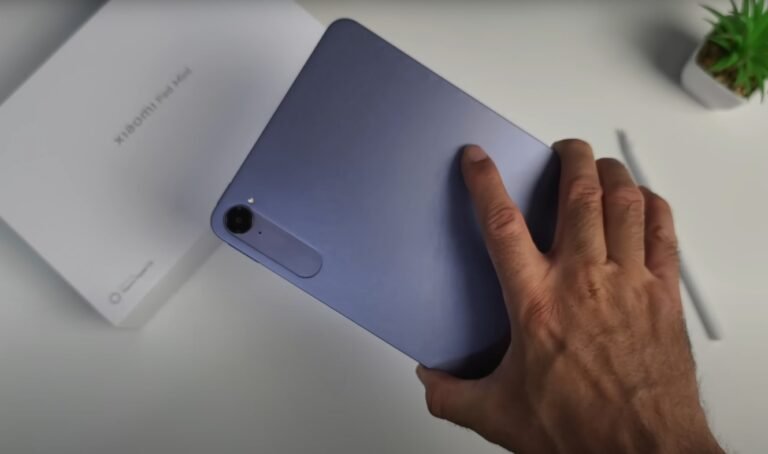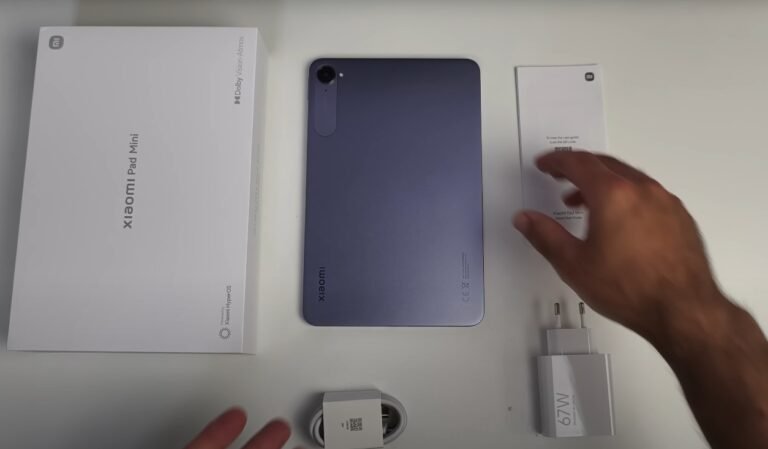Xiaomi Pad Mini software experience and UI review in USA
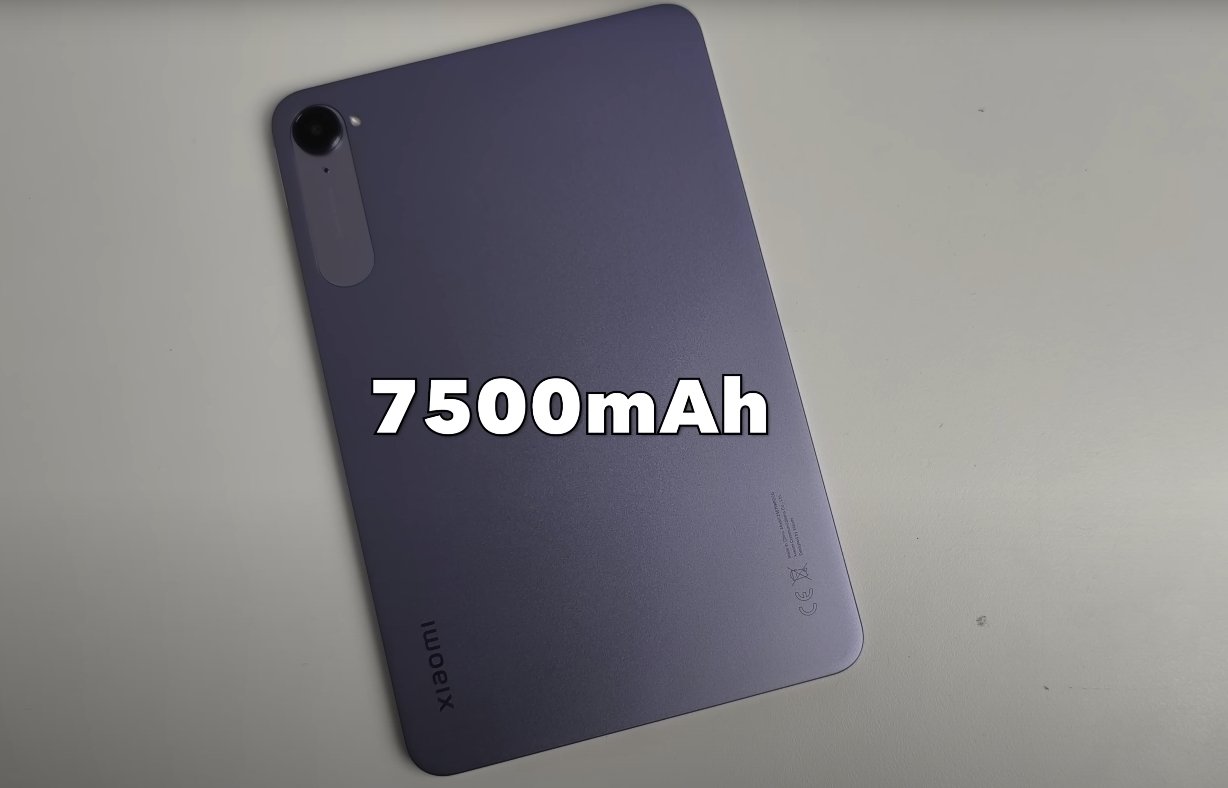
HyperOS and HyperAI Deliver a Smart Tablet Experience
The Xiaomi Pad Mini has arrived in the United States, and one of its standout features is the software experience powered by HyperOS. Built on Android, HyperOS is designed to optimize performance, responsiveness, and usability, making the Pad Mini feel fast and intuitive in hands-on use. For U.S. buyers, the combination of HyperOS and HyperAI tools delivers a compact tablet that is not only powerful in hardware but also intelligent in daily operation.
HyperOS on the Pad Mini ensures smooth navigation throughout the interface. Coupled with the tablet’s 165Hz 3K display, scrolling through apps, menus, and web pages feels fluid and responsive. Animations are seamless, and multitasking between apps is efficient, benefiting from the tablet’s up to 12GB of RAM. HyperOS also incorporates adaptive system optimizations that enhance battery life and manage resources efficiently, which is especially useful for users who rely on the tablet for extended sessions.
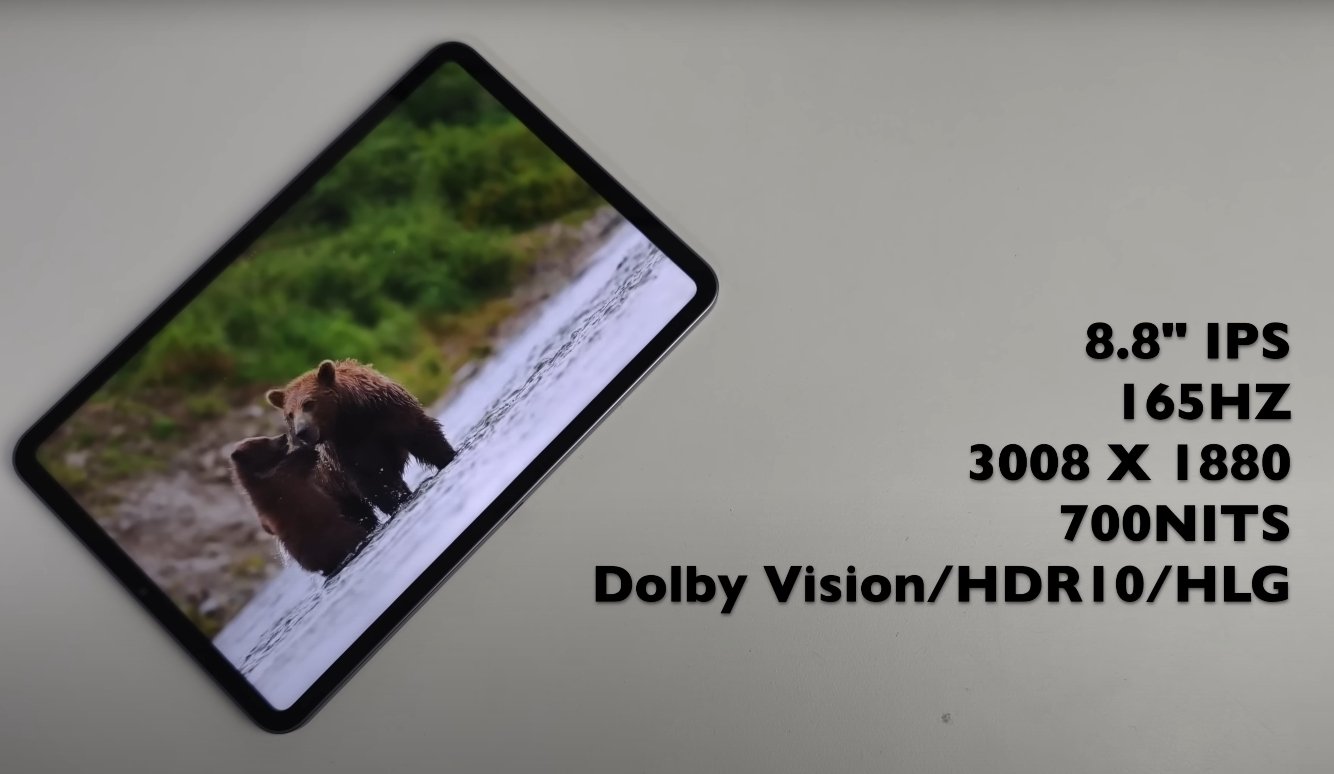
A major highlight is the HyperAI integration. Tools such as AI Writing, AI Art, and AI Speech Recognition extend the Pad Mini beyond a traditional tablet. AI Writing allows users to draft emails, notes, and documents quickly, while AI Art can generate creative images based on user prompts. Speech recognition features facilitate accurate voice-to-text input, making the device useful for productivity and educational purposes. These AI tools are deeply integrated into HyperOS, providing seamless access without requiring additional apps or downloads.
HyperOS also supports Google Gemini and Circle to Search, blending Xiaomi’s proprietary AI tools with familiar Android functionalities. This integration ensures that U.S. users have access to widely used search and AI services while benefiting from Xiaomi-specific enhancements. For example, users can quickly search content, translate text, or utilize AI-assisted writing features directly from the home screen or within apps.
The UI is clean, modern, and designed for usability on a compact form factor. Icons are well-sized for touch input, notifications are easily accessible, and quick settings allow users to adjust brightness, volume, and connectivity without interrupting workflow. HyperOS also includes multitasking features like split-screen mode and floating windows, allowing users to work on two apps simultaneously—a feature that pairs well with the tablet’s high-resolution display.
Battery optimization is also software-driven. HyperOS monitors usage patterns to extend battery life, complementing the 7,500mAh battery and 67W fast charging. Users can expect long-lasting performance during gaming, streaming, or productivity tasks. Reverse charging adds an extra layer of convenience, enabling the Pad Mini to act as a power source for smaller devices when needed.
In conclusion, the Xiaomi Pad Mini’s software experience offers a well-rounded and intelligent interface for U.S. users. HyperOS provides smooth, responsive navigation and multitasking, while HyperAI tools enhance productivity and creativity. Combined with the high-end hardware, long battery life, and compact design, the Pad Mini offers a smart, powerful tablet experience in a portable form factor. For users seeking a feature-rich, AI-enhanced Android tablet, it represents one of the strongest options available in the U.S. market.

